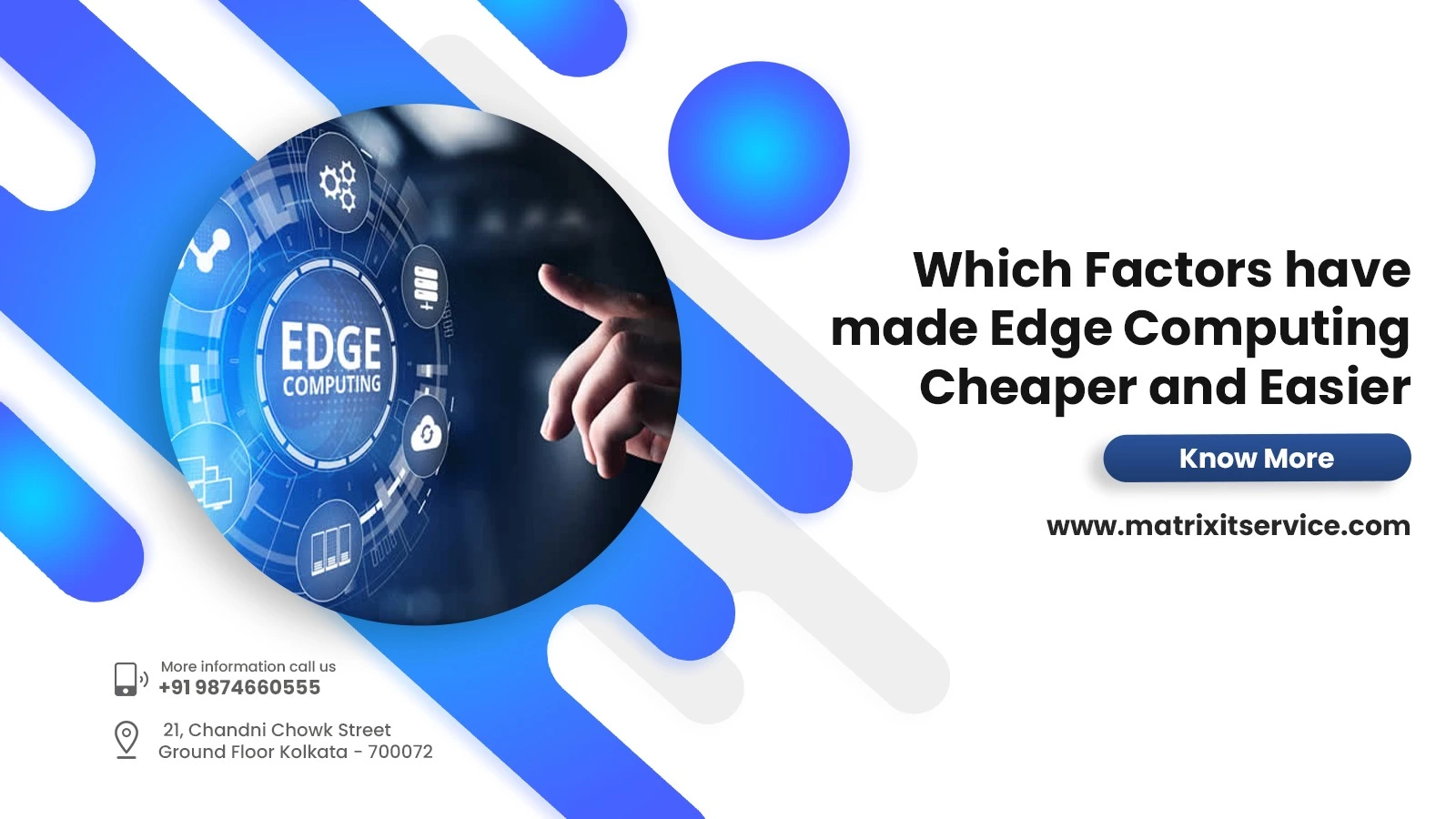
What is Edge Computing?
Before we get into the factors that have made edge computing more affordable and accessible, let’s first define what edge computing is. Edge computing is a decentralized computing model that brings computation and data storage closer to the location where it is needed. In traditional computing models, data is sent to a centralized data center or cloud for processing and storage. In contrast, edge computing involves processing and storing data at or near the source, reducing the amount of data that needs to be transmitted and reducing latency.
The Benefits of Edge Computing
Edge computing has many benefits, including reduced latency, increased reliability, and improved security. With edge computing, data is processed locally, reducing the time it takes for data to travel from a device to a data center and back. This results in faster response times and reduced latency, which is critical in applications such as autonomous vehicles, real-time gaming, and industrial control systems. Edge computing also improves reliability, as data processing can continue even if the connection to the cloud or data center is lost. Additionally, edge computing enhances security by reducing the attack surface and providing an additional layer of security.
Factors that have made Edge Computing Cheaper and Easier
Miniaturization of Hardware
The miniaturization of hardware has played a significant role in making edge computing more affordable and accessible. The development of smaller and more powerful processors and sensors has made it possible to deploy edge computing devices even in resource-constrained environments. These smaller devices can also be deployed in greater numbers, enabling more distributed edge computing architectures.
Advancements in Networking
The availability of high-speed and low-latency networks has made it easier to connect edge computing devices and centralize the data collected from them. With 5G networks, the data can be processed in real-time, enabling edge computing devices to respond quickly to changing conditions.
Cloud Computing
Cloud computing has been a game-changer for edge computing, as it has made it possible to scale the processing power and storage capacity required for edge computing applications. The cloud has also made it possible to deploy and manage edge computing devices remotely, reducing the costs and complexity of deploying and maintaining an edge computing infrastructure.
Open Source Software
The availability of open source software has made it easier for developers to build and deploy edge computing applications. Open source software reduces the cost of development and deployment, and it also allows developers to leverage the collective knowledge of the community.
Standardization
The development of standards for edge computing has helped to reduce the complexity of deploying and managing an edge computing infrastructure. Standardization has also made it easier to integrate edge computing devices with existing IT infrastructure.
FAQs
What is Edge Computing?
Edge computing is a distributed computing model that processes data near the edge of the network, close to the source of the data.
Why is Edge Computing Important?
Edge computing is important because it allows for faster data processing, improved response times, and reduced latency.
What are the Benefits of Edge Computing?
The benefits of edge computing include reduced latency, improved data security, improved reliability, and increased scalability.
Conclusion
In conclusion, the factors that have made edge computing cheaper and easier to deploy include the miniaturization of hardware, advancements in networking, cloud computing, open source software, and standardization. As edge computing continues to evolve, we can expect to see more organizations adopting this technology to improve their operations and gain a competitive advantage.